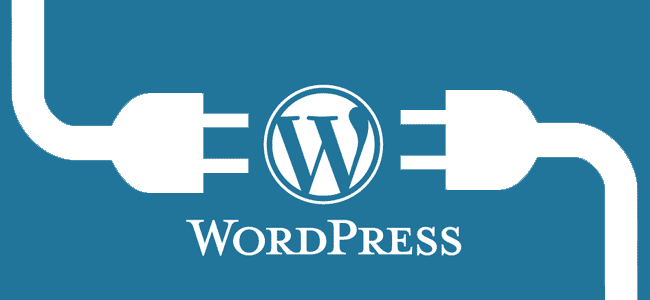Do you want to establish an inclusive and accessible digital presence? Achieving digital accessibility will ensure your website, app, or other digital asset is available for everyone regardless of age, physical ability, screen size, device type, or other factors.
In this guide for businesses hoping to improve their online accessibility, you will go over the fundamentals of creating truly inclusive user experiences across platforms and devices – investing now will ensure customers can use your content regardless of technological limitations or abilities.
What is digital accessibility, and why is it crucial for businesses?
Accessing digital technologies and the internet is essential in today’s digitally driven society, yet not everyone has equal accessibility; those with disabilities may face obstacles in accessing this vital digital information source. Digital accessibility then becomes essential.
Digital accessibility refers to designing digital content and technologies so they can be accessed by all, including those living with disabilities. Businesses of all kinds have both a moral and legal obligation to ensure digital accessibility for their websites and digital content, to reach more visitors, improve user experiences, build brand recognition, and boost loyalty among their audiences. Digital accessibility goes beyond simply doing what’s right; it is part of being successful in today’s digital economy.
Learn to assess your website’s current level of accessibility and identify areas for improvement
Assessing the current accessibility level of your website is the first step toward building an inclusive online presence. To do this, start by running automated tests identifying potential issues such as compliance with HTML and WCAG 2.0 web standards, checking for color contrast errors, assessing user navigation using screen readers, and using other browser-based tools.
Once you’ve identified potential areas of improvement, the next step should be implementing changes. This might involve ensuring all images include descriptive alt text, correctly using headings, providing captions for videos, and ensuring the website works well with screen readers.
You might also wish to consider supporting screen magnification, voice recognition, and clearly labeled user interface elements before rolling them out fully. Lastly, always test changes thoroughly before rolling them out for maximum effectiveness. Given you have such an array of accessibility testing tools to choose from, this shouldn’t be difficult to do.
Best practices for making sure images, videos, and other media assets are accessible
Media assets, such as images and videos, are increasingly used to create visually captivating content on websites and social media platforms. Yet, it’s important to remember that not all users can access this media due to visual impairments or disabilities – making accessibility essential.
Best practices for making your media assets accessible include providing transcripts and captions for videos as well as using high-contrast colors that won’t cause seizures and flashing content that is rapidly changing (flashing can trigger seizures). By adopting these practices, you can ensure your content reaches all users, no matter their abilities!
Strategies and technologies that support digital accessibility compliance
Ensuring digital accessibility compliance can be challenging, but finding the appropriate tools and technologies to facilitate this process can make all the difference in outcomes. With accessibility being such an essential component of user experiences, investing in tools that not only meet compliance standards but also enhance them is becoming ever more essential.
Businesses that embrace inclusive digital environments can increase customer satisfaction, create positive brand recognition, and avoid potential legal issues by researching and assessing various tools and technologies that meet your specific accessibility goals. From automated testing through manual verification or assistive technology solutions – finding tools can lead the way toward creating an accessible digital environment.




















